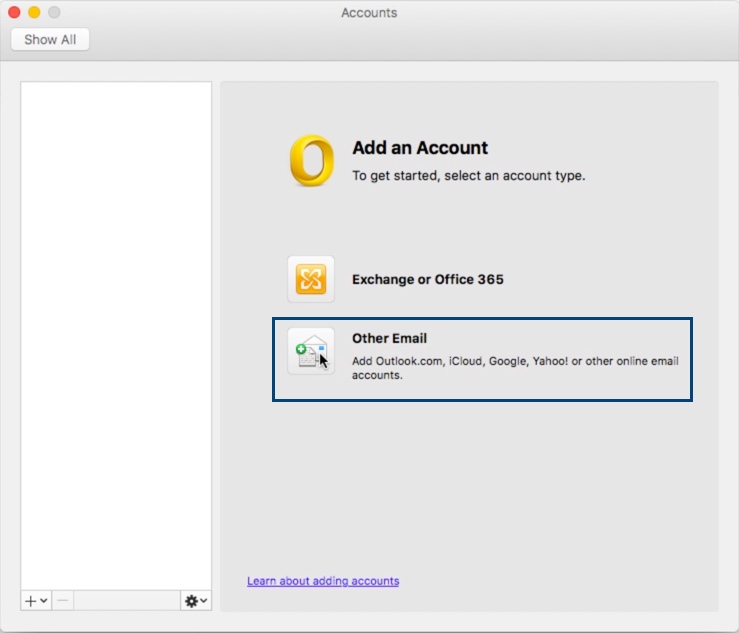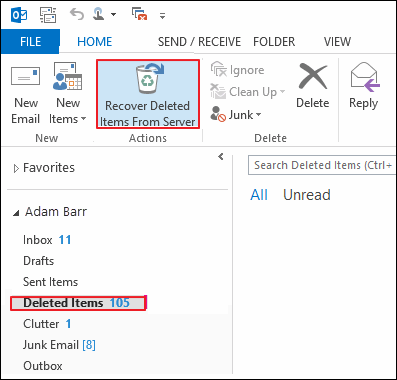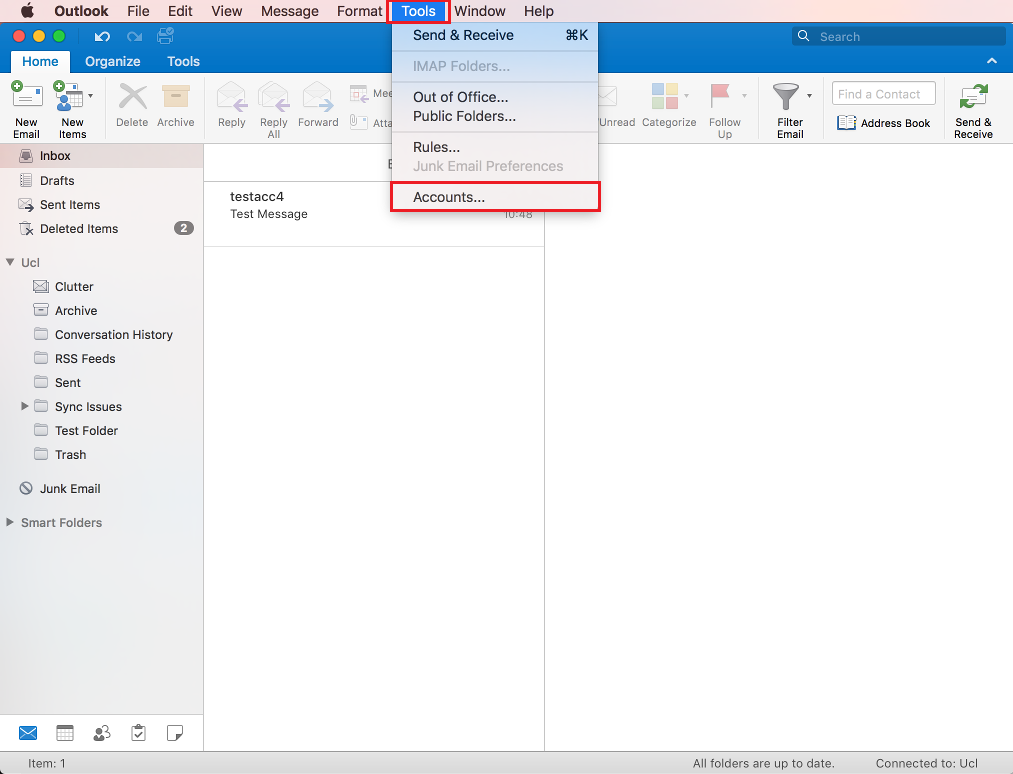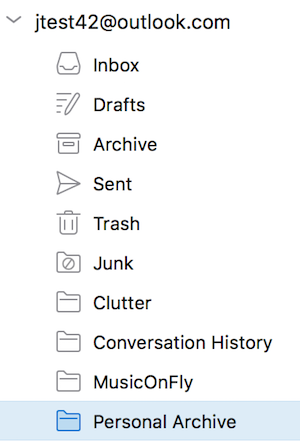

- #WHERE DID MY PERSONAL FOLDERS GO IN OUTLOOK FOR A MAC FULL#
- #WHERE DID MY PERSONAL FOLDERS GO IN OUTLOOK FOR A MAC PLUS#
- #WHERE DID MY PERSONAL FOLDERS GO IN OUTLOOK FOR A MAC WINDOWS 8#
- #WHERE DID MY PERSONAL FOLDERS GO IN OUTLOOK FOR A MAC FREE#
The results will reveal the folder path of the item that was found.Īn easy way to do this in Windows 7 ( but no longer for Outlook 2013 or Windows 8 and later) is by searching for the message via the Search box in the Start Menu. Yet another way to relocate your folder is to search for an item that you know was in that folder via Windows Search. Method 4: Search for an item with Windows Search Via Instant Search and Advanced Find, it is possible to locate a folder.

By default, the scope of the Advanced Find dialog is set to the folder the item resides in.īy pressing on the Browse… button in the Advanced Find dialog, you’ll see where in your mailbox that folder is located. When you’ve found the message, open it via a double-click and then press CTRL+SHIFT+F to open the Advanced Find dialog. To do this, click in the Search field above your item list or press CTRL+E and then press CTRL+ALT+A to set the search scope to “All Outlook Items”. If you still know of an item that was in that folder, doing a mailbox-wide search for it will also allow you to reveal which folder the message is in. To do this, you can use a vbs-script (recommended) or vba-macro from the article Export or print folder list Method 3: Search for an item with Instant Search Note 2: Unfortunately, you cannot export the folder list shown here to more easily search in it with a text editor like Notepad. Note 1: If you already have an idea under which folder the moved folder could be, you can also use the Folder Size button of that folder to narrow down your search. Using the Folder Size dialog to find back a folder by name.
#WHERE DID MY PERSONAL FOLDERS GO IN OUTLOOK FOR A MAC FULL#
It will also reveal the full folder path so that you can easily browse to it once you’ve found it. Outlook will now list all your folders in an easy to scroll window so you can quickly review the names of the folders that you have. File-> section: Info-> button: Tools-> Mailbox Cleanup…-> View Mailbox Size….When using Office 365 with the Single Line Ribbon interface, you can access this same dialog via Right click on the root of your mailbox.To prevent you from needing to click through every folder, you can also get a list of folders via the Folder Size option

When you’ve noticed your accidental moving a little bit later, then the above method will not help you anymore.
#WHERE DID MY PERSONAL FOLDERS GO IN OUTLOOK FOR A MAC PLUS#
Use the plus or arrow icons to expand the folders. It cannot suddenly go 3 or 4 levels deeper.īy expanding the folder via the plus characters (+) or arrows next to the folders, you should be able to reveal your moved folder. The furthest it can go is 1 folder below any of the folders that are visible to you now. Since you’ve moved them by dragging and dropping, the folder really can’t be that far. Which method works best for you depends a bit on how long ago you might have moved it and whether or not you can remember (part of) the folder name or what should be in that folder. No, Outlook doesn’t have an option like that, but there are other ways to locate your folder again as well. Is there a way in Outlook to search for a folder name? I've got a lot of folders so going through each and every one of them isn't really an option. I'm now not able to find back the folder anymore to move it back where it belongs. And the Folder List view will open by default when Outlook starting.I've accidentally moved a folder when I tried to select a different folder. Please click Folder List view icon or Press Ctrl + 6 to show the Folder List view.įrom now on, the Folder List View icon is moved to the beginning or top of Navigation Pane. In the Navigation Options dialog box, (1) select Folders in the Display in this order list box, (2) click the Move Up button repeatedly to move Folders to the top, and (3) click the OK button.

Go to the bottom of Navigation Pane, and click Ellipsis > Navigation Options.
#WHERE DID MY PERSONAL FOLDERS GO IN OUTLOOK FOR A MAC FREE#
Kutools for Outlook: Add more than 100 handy tools for Outlook, free to try with no limitation in 60 days. Even so, you can also configure the navigation options and move the Folder List View icon to the beginning or top of Navigation Pane for easy shifting. When Outlook starting, the last view you used before closing Outlook will open automatically by default.


 0 kommentar(er)
0 kommentar(er)
